
‘Sailor Moon’ is beloved for its heartwarming story, funny moments, and dazzling transformations. However, eagle-eyed viewers often notice some small errors and inconsistencies throughout the series. These range from reused animation that doesn’t match updated character designs to flipped images and colors that change unexpectedly. You might also spot disappearing objects or locations that don’t quite match the layout of Tokyo. Different dubs and edited versions sometimes have their own unique changes, particularly when it comes to character relationships. Here are ten of the most well-known mistakes, explained briefly so you can look out for them on your next watch.
Stock Transformations That Ignore Costume Upgrades
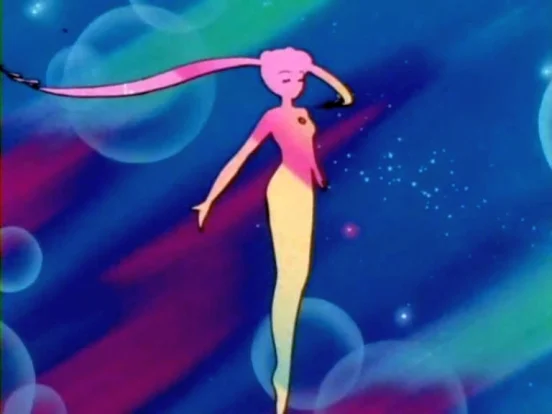
The original series often recycled old transformation footage, even after the Sailor Guardians got new jewelry designs. This means you might see Sailor Moon using an older brooch or ribbon during a transformation sequence that’s supposed to show her updated look from later in the series, like in ‘Sailor Moon R’ or ‘Sailor Moon S’. The show did this to save time and money, even though the characters’ costumes had changed. You can usually tell when this happens by noticing if the brooch, choker, or earrings shown during the transformation don’t match the outfit she’s wearing in the next scene.
Mirrored Cels That Flip the Crescent Moon
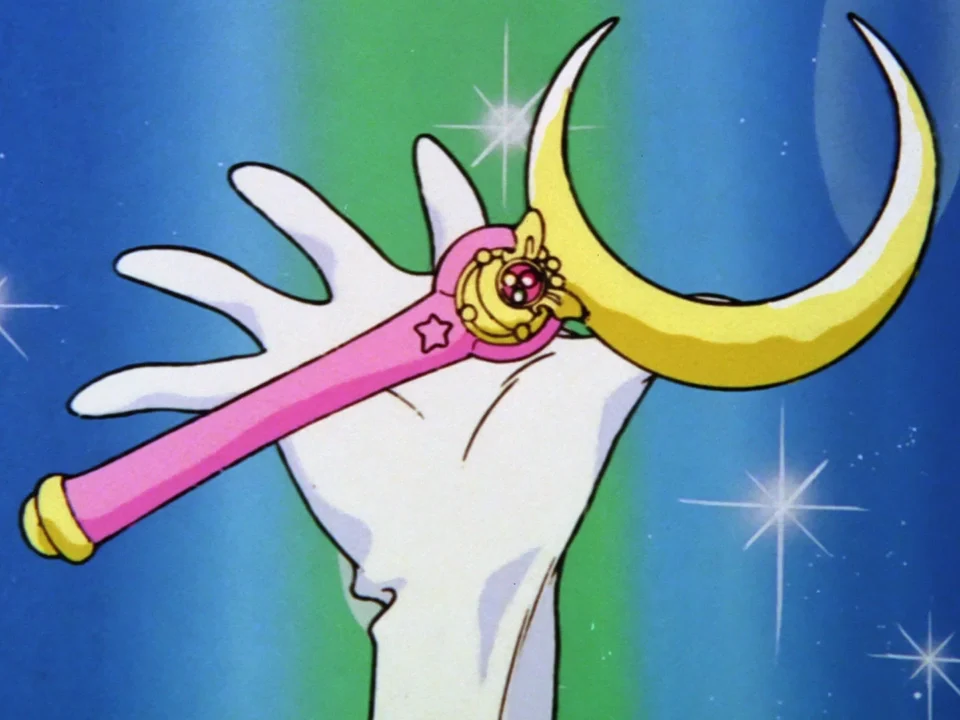
Animators sometimes flipped animation cels to fix mistakes with how things were positioned on screen. However, this would unintentionally reverse symbols like crescents – often found on foreheads, wands, or objects. Because these crescents have a specific direction, a flipped image looks wrong and becomes a noticeable error. These mistakes often happen during fast-paced scenes, making them easy to overlook. Flipping a cel could also reverse text or signs in the background, which is another clue that a frame was mirrored.
Disappearing Accessories Between Cuts
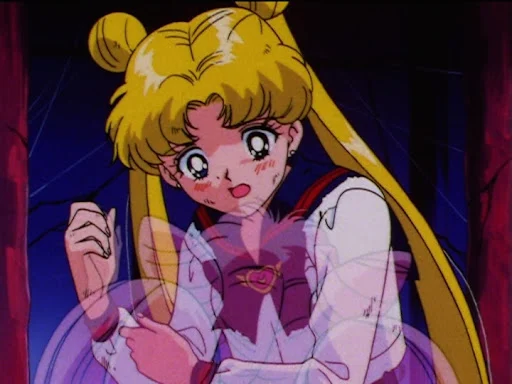
As a fan, I’ve definitely noticed some weird things while watching! Sometimes, during fast-paced scenes, especially fights, little details like a character’s choker, earrings, or even gems on their tiara will just disappear and then magically reappear a second later. It’s usually because different animation teams are working on small parts of the scene, and something gets missed when they pass the work along. The animators have tons of detail sheets, but if they’re working quickly, it’s easy for a small accessory to slip through the cracks. You really see it when the camera zooms out or changes angles – something will just be *gone* for a frame, and then suddenly it’s back! It’s a little distracting, but I still love the animation overall.
Ribbon and Uniform Color Swaps
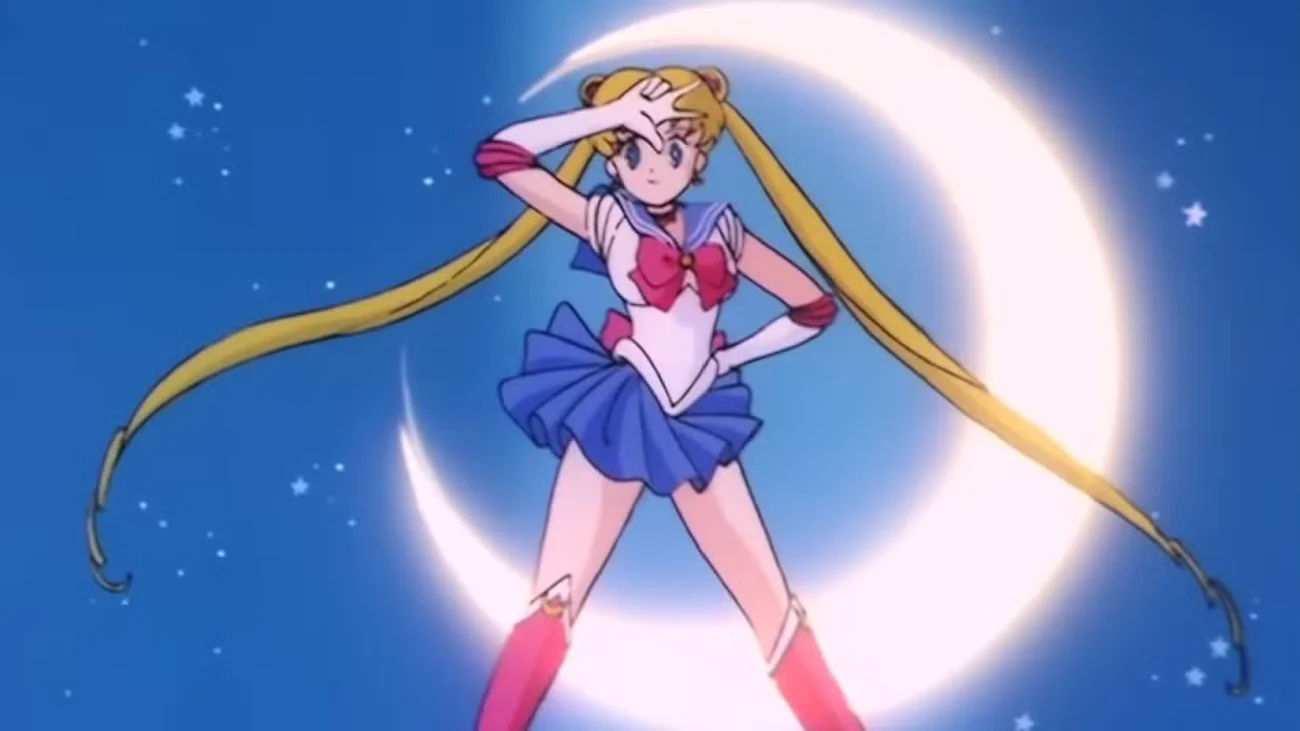
The colors of the Guardians’ costumes aren’t always consistent throughout the series. While changes in lighting are sometimes used to explain these shifts, inconsistencies also happen because different teams of artists work on each episode and use slightly different color guides. If you watch closely, you might notice ribbons, highlights, or boots that are a bit darker or lighter than usual, or even briefly take on a teammate’s color. These small color differences are most noticeable in scenes with lots of characters or when the camera moves quickly, as it’s harder to catch these details during production.
Hair Length and Bangs That Change Mid-Scene

In the classic anime *Sailor Moon*, character designs aren’t always consistent. Usagi’s signature buns and pigtails, as well as the hairstyles of other characters, often change slightly from scene to scene. While official model sheets show how characters *should* look, animators sometimes adjust hair length or shape to make poses work better. This leads to noticeable inconsistencies – hair might suddenly appear shorter, disappear, or shift position. These changes are particularly obvious when switching between close-up shots and full-body views drawn by different artists.
Tuxedo Mask’s Costume Details That Won’t Sit Still
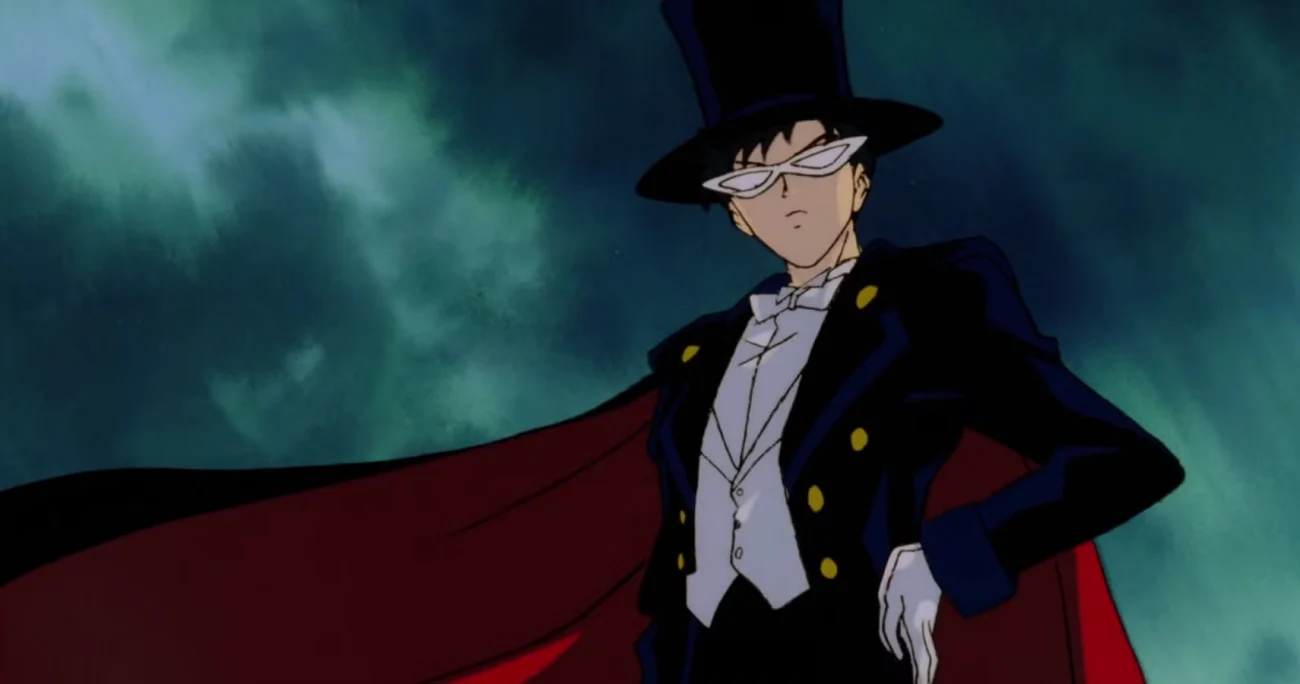
Throughout the series, small details in Mamoru’s outfit—like his tuxedo, cape, mask, and even the rose he wears—sometimes appear slightly different from one scene to the next. For example, the color inside his cape might change, his mask might look wider or narrower, or the design of his flower or gloves could vary. These inconsistencies happened because different teams of animators were working on the show at the same time, and they each interpreted the original designs a little differently while working under pressure. You can notice these changes by paying attention to the inside of his cape and the shape of his mask during action sequences or when he makes a grand appearance.
Background Loops and Copy-Pasted Extras
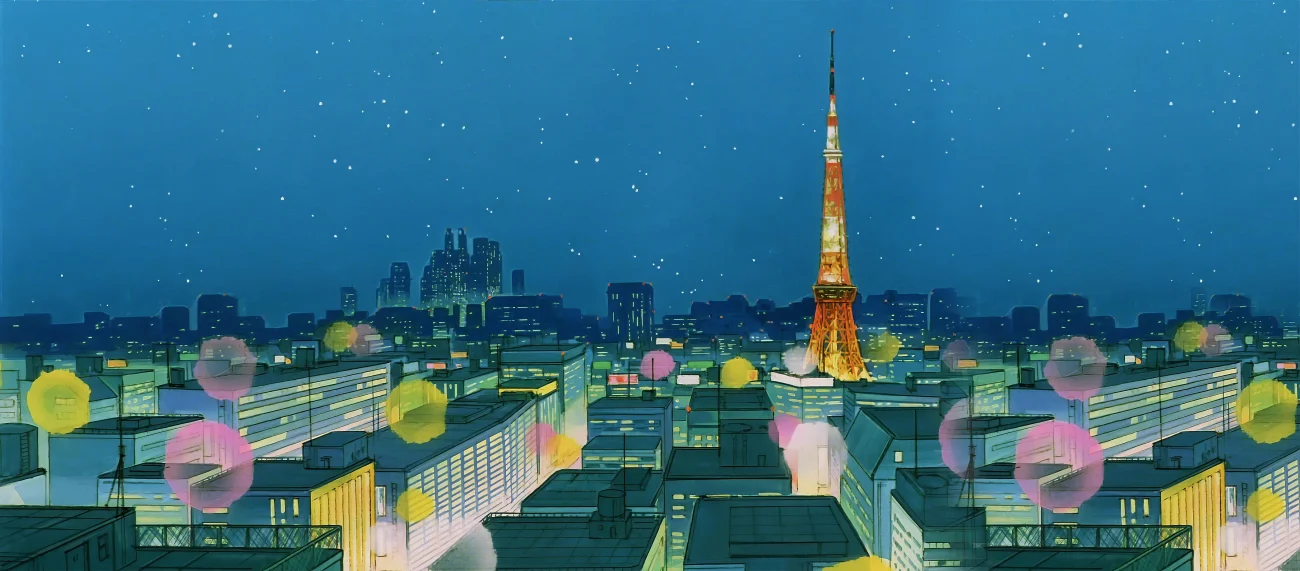
To create the lively streets around Azabu-Juban, the show frequently reuses animation – panning the camera repeatedly and copying background characters. You might see the same person walk by multiple times, or the same outfit appear in different parts of the scene. This is a way to save money in traditional animation, but it becomes noticeable during longer camera movements or when characters talk while the background moves. This technique also explains why you sometimes see the same shops or posters pop up in different areas of the city.
‘Sailor Moon Crystal’ Model and Camera Quirks
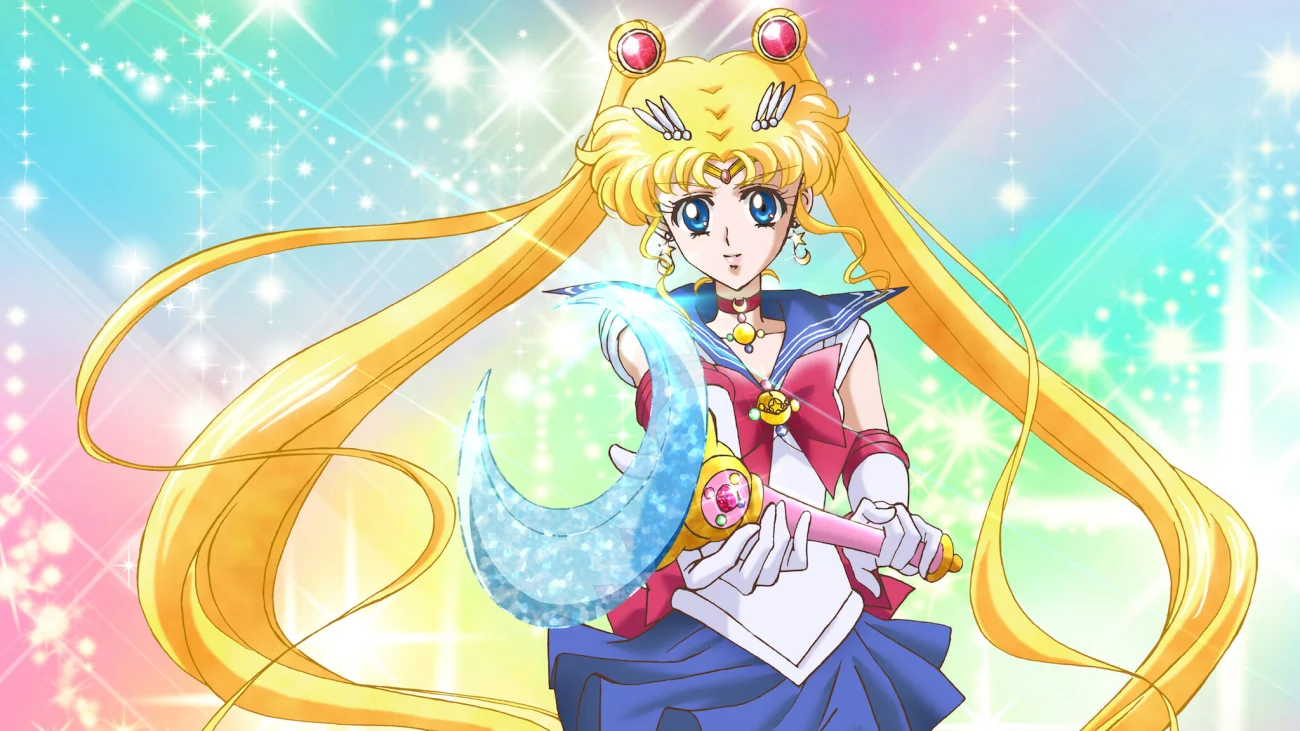
Okay, let’s talk about the animation in ‘Sailor Moon Crystal’. When the series first started, they were experimenting with 3D elements alongside the traditional 2D animation. Honestly, it didn’t always work. I noticed some awkwardness – characters looked a little stiff, sometimes their proportions were off, and things would clip through each other. Fast movements were particularly noticeable; faces and limbs didn’t always stay consistent. Now, the team clearly learned quickly! Later seasons look much smoother, they fixed a lot of those issues with the character rigging and shading. But, if you go back to those early episodes, you can *see* the growing pains. Watch the characters during spins, or pay attention to how their clothes and hair move – it’s a fascinating little time capsule of the animation process evolving.
Localization Edits That Create Continuity Jitters
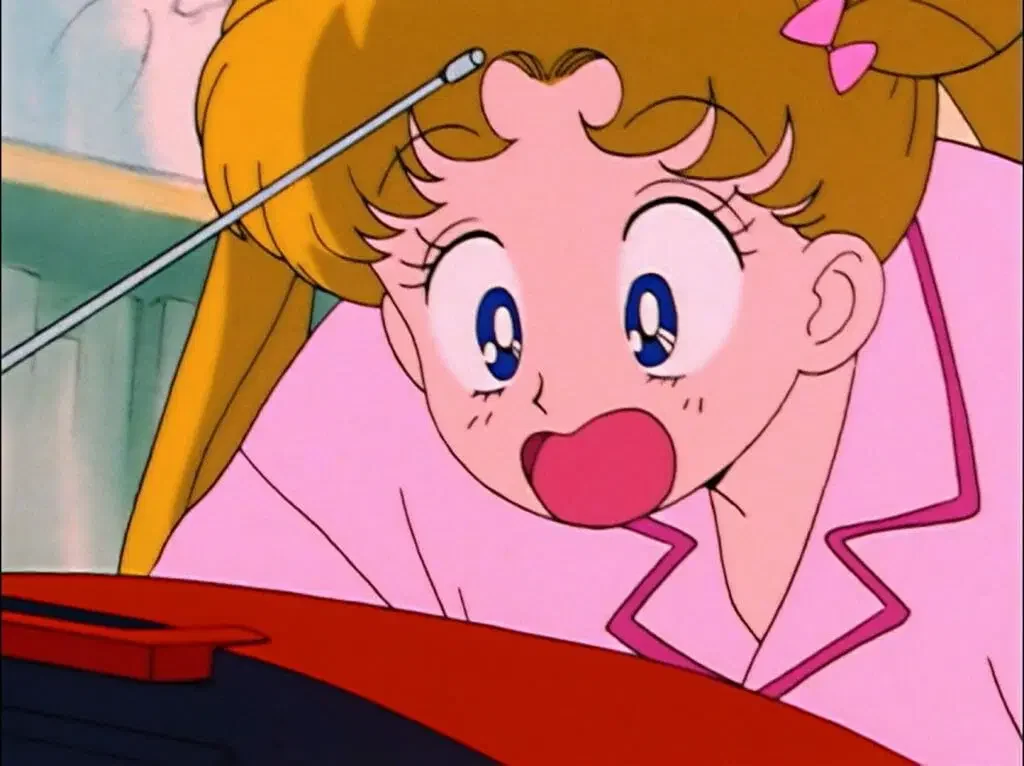
Early international releases, particularly the English versions, made changes to character relationships, genders, and dialogue. These alterations created inconsistencies in the storyline. Notable examples include portraying Sailor Uranus and Sailor Neptune as cousins and changing Zoisite’s gender. Scenes connecting character development were also cut or rearranged. These edits impacted characters’ motivations and how they interacted, which sometimes made later events feel confusing or disconnected from what had been established previously. Looking at the original Japanese dialogue compared to the English dub helps explain why some characters seem to act differently without a clear reason in the show.
Time-Travel Rules That Don’t Always Add Up
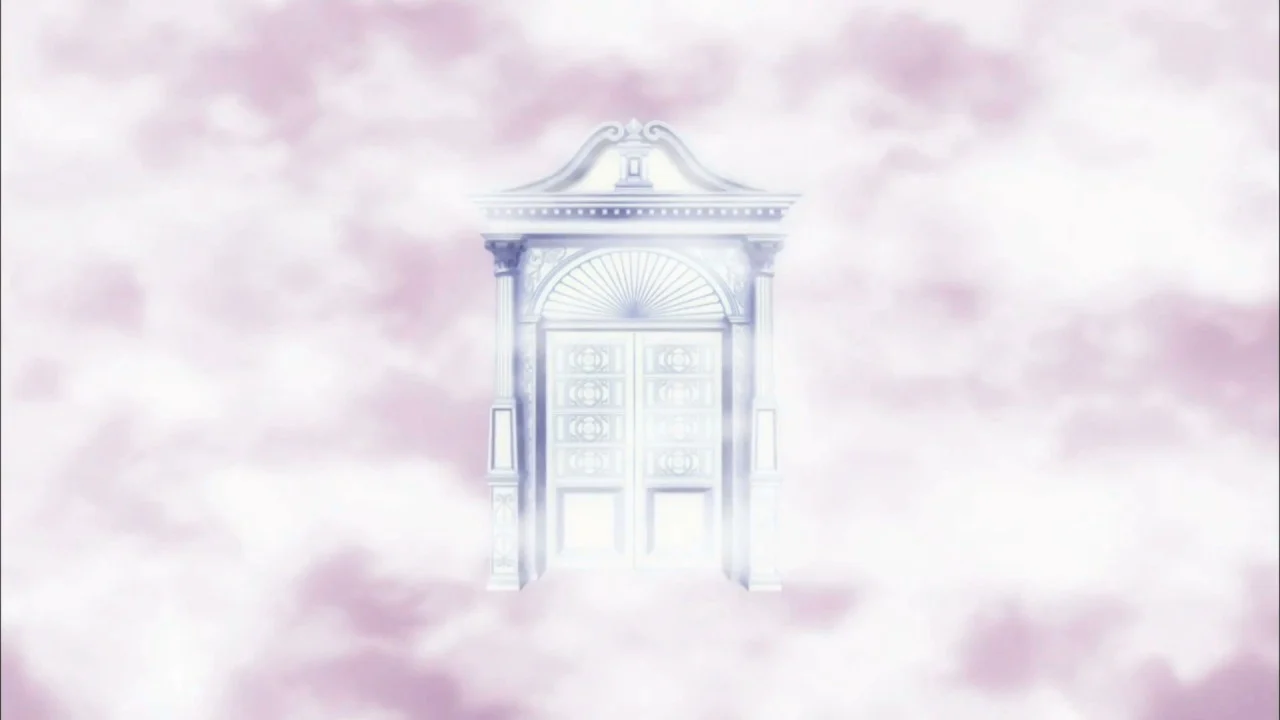
Chibiusa’s time travel and Sailor Pluto’s control over the Door of Space-Time sometimes create inconsistencies in the story. The series establishes clear rules about time travel, but often breaks those rules during important scenes without fully explaining why. This leads to a timeline where events don’t always make sense with what was previously established about paradoxes and what’s forbidden. By paying attention to what characters remember, it becomes clear that the story’s needs sometimes took priority over the established rules.
Tell us about any funny mistakes or plot holes you’ve noticed in ‘Sailor Moon’ in the comments – let’s see if we can all spot them together!
Read More
- Bitcoin’s Ballet: Will the Bull Pirouette or Stumble? 💃🐂
- Can the Stock Market Defy Logic and Achieve a Third Consecutive 20% Gain?
- Dogecoin’s Big Yawn: Musk’s X Money Launch Leaves Market Unimpressed 🐕💸
- Deepfake Drama Alert: Crypto’s New Nemesis Is Your AI Twin! 🧠💸
- LINK’s Tumble: A Tale of Woe, Wraiths, and Wrapped Assets 🌉💸
- SentinelOne’s Sisyphean Siege: A Study in Cybersecurity Hubris
- XRP’s Soul in Turmoil: A Frolic Through Doom & Gloom 😏📉
- Binance’s $5M Bounty: Snitch or Be Scammed! 😈💰
- Ethereum’s $140M Buy: Will It Save Us? 😱
- ADA: 20% Drop or 50% Rally? 🚀💸 #CryptoCrisisComedy
2025-10-20 04:15